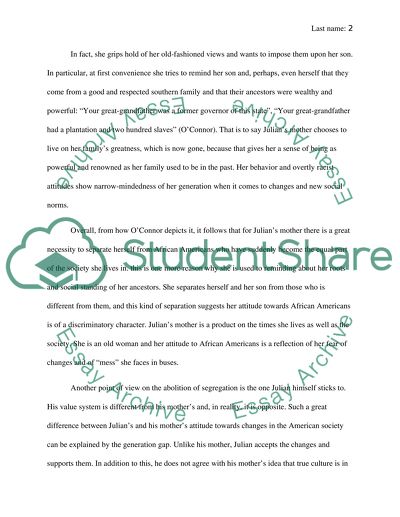Cite this document
(Everything That Rises Must Converge Book Report/Review, n.d.)
Everything That Rises Must Converge Book Report/Review. Retrieved from https://studentshare.org/literature/1699611-write-a-paper-on-everything-that-rises-must-converge
Everything That Rises Must Converge Book Report/Review. Retrieved from https://studentshare.org/literature/1699611-write-a-paper-on-everything-that-rises-must-converge
(Everything That Rises Must Converge Book Report/Review)
Everything That Rises Must Converge Book Report/Review. https://studentshare.org/literature/1699611-write-a-paper-on-everything-that-rises-must-converge.
Everything That Rises Must Converge Book Report/Review. https://studentshare.org/literature/1699611-write-a-paper-on-everything-that-rises-must-converge.
“Everything That Rises Must Converge Book Report/Review”, n.d. https://studentshare.org/literature/1699611-write-a-paper-on-everything-that-rises-must-converge.


